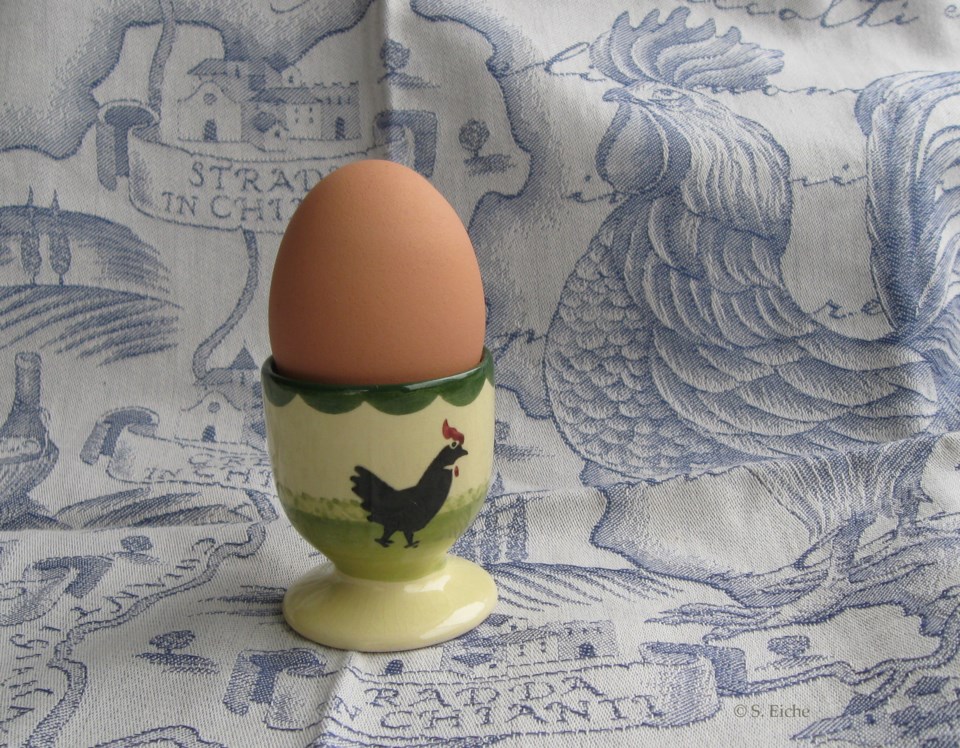I don’t know about you, but when I hear of a discovery involving something familiar, I regard that familiar something in a completely new way. This happened recently with the egg. Let me say, however, that the newly discovered egg was anything but familiar.
The story made headlines worldwide just before Christmas. Scientists examining specimens that had been lying in storage for decades at the Yingliang Stone Nature History Museum in southern China came across a perfectly preserved fossilized dinosaur embryo, around 66 million years old. Its position in the 17-centimetre-long shell, with head below the body, feet on either side and back curved, indicates it was about to hatch. A modern bird embryo preparing to break out of its shell lies in a similar position, with head tucked beneath the right wing, but it hadn’t been seen before in dinosaur eggs because most specimens found to date were fragmented.
Not making headlines, but no less of a marvel is the familiar chicken egg. Inside the shell – its container in ovoid (from “ovum,” Latin for egg) shape – are the ingredients for generating life. They’re also the ingredients that nourish us when we consume the chicken’s egg.
Hens start laying when they’re between four and six months old, using up a quarter of their daily energy in making eggs. Domesticated chickens are what is known as “indeterminate layers,” which means they’ll lay eggs until there is a certain number in the nest. When some eggs are removed, they’ll lay more to replace them.
It takes between 24-26 hours for the hen to lay an egg, of which 20 hours are needed to make the shell. As soon as the hen has laid the egg, she’ll start releasing a new yolk (from Old English “geolca,” meaning the yellow part) and the process will begin all over. The yolk, which amounts to a third of the shelled egg’s weight, provides nourishment – to the chick if one is developing, or to us if the egg is intended for our consumption. It contains ¾ of the calories and most of the iron, thiamin and vitamin A of the whole egg. Its colour, deriving from plant pigments called xanthophylls, depends on the chicken’s feed. The white of the egg, amounting to two-thirds of the shelled egg’s weight, is 90 per cent water and 10 per cent protein, called albumen (from “albus,” Latin for white), with traces of minerals, fatty materials, glucose, and vitamins (such as riboflavin, which gives the raw white a slight yellow-green tinge).
I like eggs and eat a lot of them, mainly poached. There are plenty of poaching tools on the market but I do without any fancy equipment. I crack two eggs into a small bowl, fill a saucepan with water to which I add two tablespoons vinegar (any vinegar will do), bring it to a near boil and then whisk the water energetically to get a strong vortex, slip the two eggs into the vortex, lower the heat slightly, and after precisely three minutes fish out the eggs with a skimmer. The whites will be firm, the yolks still runny. It’s the perfect egg dish.
Sabine Eiche is a local writer and art historian with a PhD from Princeton University. She is passionately involved in preserving the environment and protecting nature. Her columns deal with a broad range of topics and often include the history (etymology) of words in order to shed extra light on the subject.



